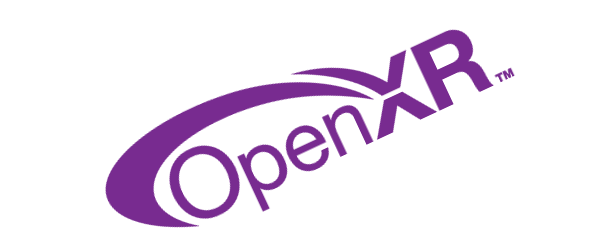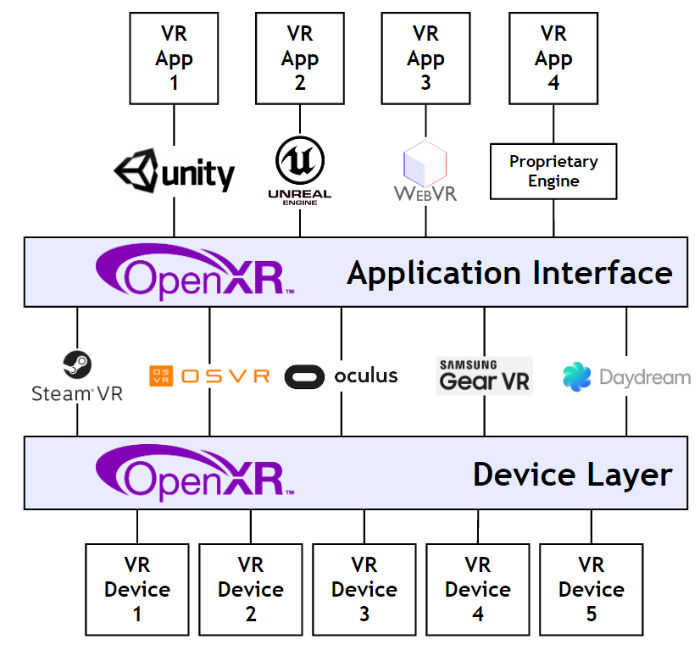Affiliate links on Android Authority may earn us a commission. Learn more.
Khronos announces OpenXR initiative for virtual reality
Published onFebruary 28, 2017

Khronos, the group behind the OpenGL and Vulkan graphics APIs, has unveiled a name for its fledgling open standard virtual reality initiative at GDC 2017. Known as OpenXR, the working group is comprised of a selection of industry leaders, which are working on a royalty-free graphics standard for augmented and virtual reality applications and devices.
You will find AMD, ARM, Google, LG, MediaTek, NVIDIA, Qualcomm, Samsung, and many others, among the names involved in the OpenXR project. The group believes that standardization is necessary due to the increasing number of virtual reality software engines and hardware products, which is making it increasingly difficult and expensive for content developers to support numerous platforms. Not only that, but the solution is pegged as a boon for consumers too, as we should see greater compatibility and cross platform support for our favourite applications and VR platforms.

The OpenXR standard will be split into two parts; an Application Interface and the Device Layer. The Application Interface will be designed with developers in mind, giving them access to common code that will then run on various hardware platforms. The Device Layer is then implemented by hardware developers, which ensures that specific hardware features on each platform are compatible with the options available in the Application Interface. Hence why this is a joint effort between major hardware and software companies.
Given that this is an early stage announcement, Khronos hasn’t given an exact release date for when OpenXR will go live. Although the group suggests that OpenXR could see support in its first virtual reality device sometime before 2018.

As part of its GDC announcements, Khronos has also announced the arrival of WebGL 2.0, which increases the graphics capabilities of web browsers that support the standard. WebGL 2.0 exposes OpenGL ES 3.0 to browsers on compatible devices. This adds in transform feedback, instanced rendering, multiple render targets, uniform buffer objects, and occlusion query features, to name just a few. OpenGL ES 3.0 is a common API used on mobile platforms, which means that smartphones won’t miss out on any of the features included in the rollout. Chrome and Firefox browsers are already shipping with support for the API.
As for the cross platform Vulkan API, the group states that adoption continues to grow. In its first 12 months, all major GPU vendors are now offering Vulkan drivers, and a wide range of products now support the API. This includes smartphones and Android Nougat, Android TV, PC graphics cards, and even the new Nintendo Switch games console. We’ll likely see many more games and VR applications powered by Khronos’ APIs over the coming year.
This article originally appeared on VRSource.com